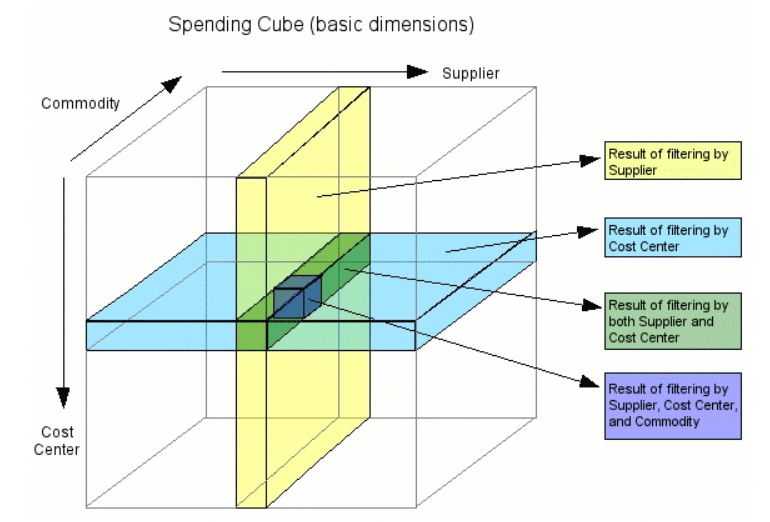Technology & Spend Analysis
Knowledge is power. In the modern era, there’s far more knowledge to be had, and far more tools for collecting and deciphering the data that becomes knowledge. Optimizing the efficiency of your company has never been so important, never been so potentially difficult a task to navigate–but technology rises to meet such challenges. Today, we’re going to discuss spend analysis and the role of new technologies in improving your company’s finances–because few things can beat consistent, reliable knowledge about your spending habits when you’re working on your bottom line.
The Basics of Spend Analysis Technology
Consider how many places your company spends its money in a year–or a month, or a week, or even a single day. Depending on your industry and the size of your business, the number of expenditures can become overwhelming to track on even the shortest of time frames. That’s assuming you already have a clear picture of those expenditures; if you’re not already working with some amount of advance management software, you may not even have that much information at hand.
Modern spend analysis has quite a few hurdles to clear in any company of any size. Effective spend analysis can’t leave anything out–that means gathering accurate, complete data from every division of the company. With many companies operating different management tools within each division, collecting that data becomes the first challenge to overcome. Fortunately, modern technology has evolved to more or less trivialize the task, pulling from spreadsheets, other software, and other sources, cleaning. standardizing, and merging the data, then turning it over to the next stage.
Examples of Relevant Technologies
There are quite a few options in the spend analysis technology market today, with varying degrees of accessibility, efficiency, and integration with other software. For example, EC Sourcing Group’s strategic sourcing software suite FlexRFP integrates with MRP, ERP, and older software solutions effortlessly through a web-based app, eliminating much of the expense and staff training required to back similar solutions. Other solutions might provide service better suited to small companies, or companies looking for a solution that’s not web-based.
Typical Gains
Much of the gain from a thorough spend analysis comes from data gathered on company suppliers. An accurate evaluation of suppliers can do much for your bottom line; if you’re spending too much for what you’re getting in return, you can reevaluate your relationship with your suppliers. Even if you’re satisfied with a given supplier, the data can give you great leverage in negotiations–often times, spend analysis reveals a more and greater ties to a given supplier than you may initially be aware exist.
If enough of your business goes to a given supplier, you have some amount of leverage with them. Alternatively, you may come to the conclusion that you need to diversify your suppliers to protect yourself against similar leveraging.
Finally, you’ll uncover quite a bit of incidental spending that should have been handled within company structures–such maverick spending can rack up quite a bill, as managers make purchases without the leverage of the company behind them driving down prices. Purchases need to be under contracts with suppliers, not made ad hoc at full retail price.

